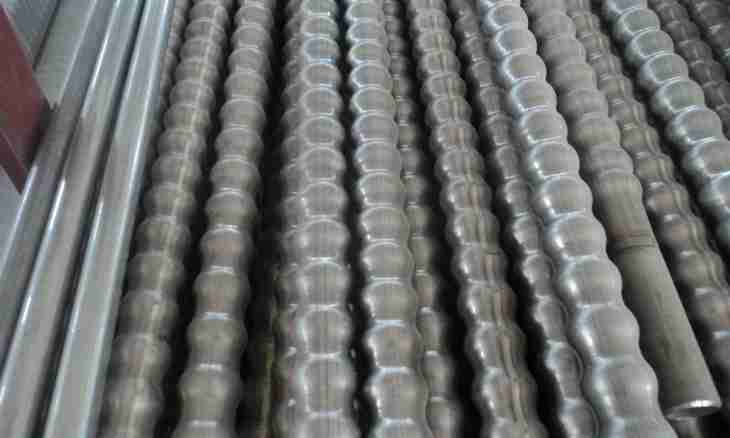Products from stainless steel have the high durability and resilience of corrosion. For this reason they are applied to work in hostile environment at usual and high temperatures.
Advantage of stainless steel
Being combined with favourite construction materials and creating image of quality and reliability, stainless steel can be used both for interiors, and for exteriors. Imposing the minimum requirements to leaving, designs from stainless steel "live" up to 50 years without changes of appearance.
Moreover, together with simplicity of production and processing, stainless steel is resistant to scratches, a zharoprochna, has high hygienic properties and also a possibility of full processing. What chemical properties allow this material to be such effective?
Oxide is lame
At hit in hostile environment on the surface of stainless steel the passivating film which interferes with penetration into material of aggressive substance is formed. Chrome which oxide also is formed by thickness in several atomic layers on the surface of stainless steel belongs to the strongest passivating elements. Thus, "immunity" to corrosion mainly depends on chrome content. However for giving of necessary chemical properties stainless steel is also alloyed nickel, niobium, molybdenum, titanium and other elements. Steel becomes a rack in the atmosphere and the oxidizing environments in the presence in it 12% of chrome, and increase in this element up to 17% does it by a rack against aggressive breeds. The chrome layer too thin to become visible, but is allocated with metal gloss. At scratches it is quickly restored (the passivation phenomenon).
Types of stainless steel
Depending on structure and chemical properties stainless steel happens four types: austenitic, ferritic, duplex and martensitic. Austenitic steel - the most widespread type of stainless steel, plasticity, non-magnetic properties and a wide temperature range to which gives nickel content. Ferritic steel - represents the alloy with the small content of chrome which is used in household appliances, a household and construction. Duplex steel - combines in itself austenitic and ferritic types of a crystal lattice at the content of 4-8% of nickel and 18-28% of chrome. Providing durability and flexibility, it is used in chloride environments (in a sudostroitelstvo and the paper industry). Martensitic steel – at the average resilience of corrosion is very strong and possesses high protection against aging. It is used for production of the cutting tools and widely applied in the industrial equipment. Thus, thanks to a variety of types of a surface and chemical properties, stainless steel is able to meet any requirements imposed by modern production of metal products.

